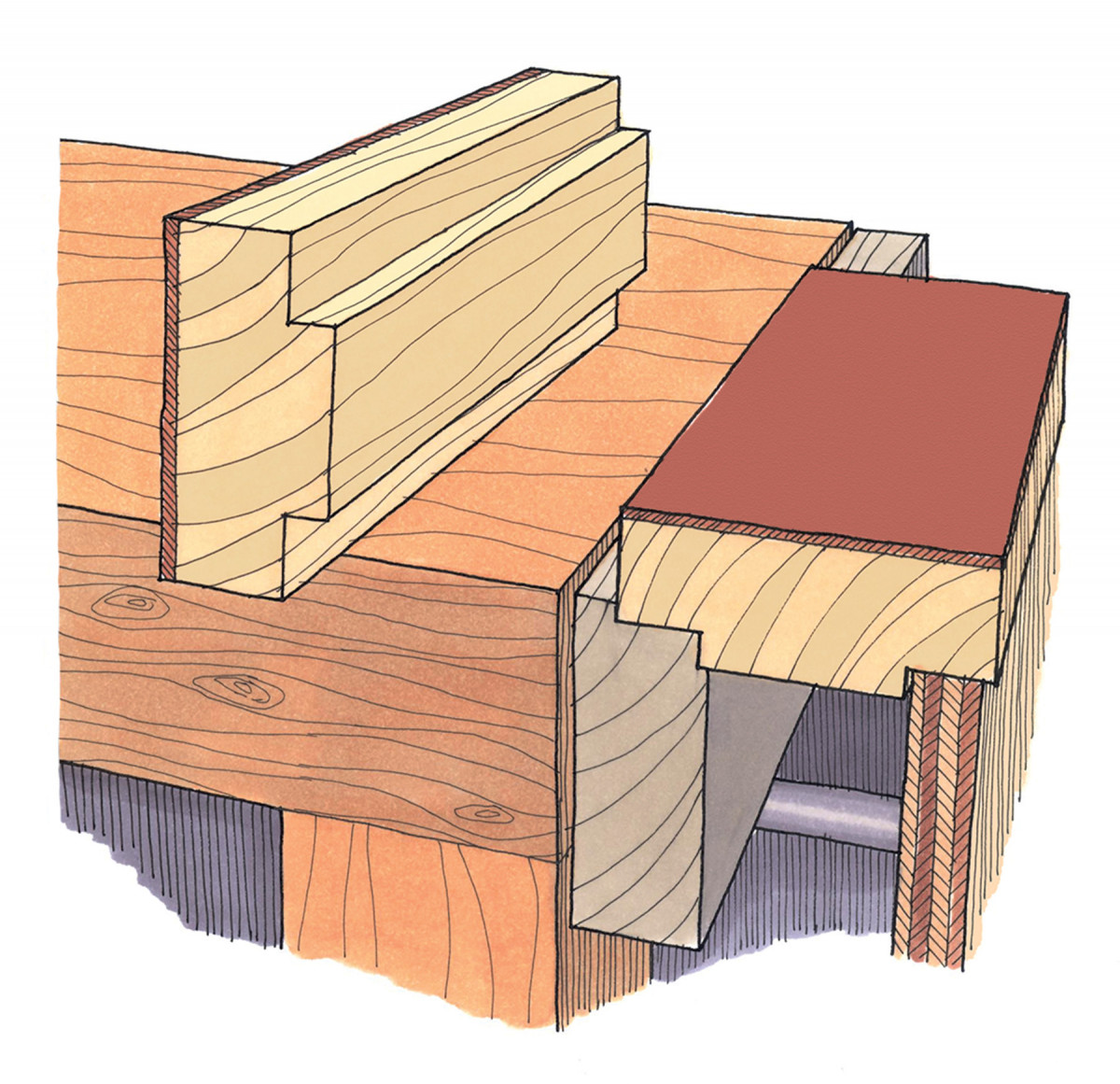We may receive a commission when you use our affiliate links. However, this does not impact our recommendations.

When stropping my plane and chisel blades for that final honing, I always want to be sure that there is little to no chance that a freshly sharpened blade will slide off of the strop and accidentally hit something on my workbench. Additionally, I want to make sure that the strop is level and that it will not shift while I’m polishing sharp blades.
I found a simple way to keep my strops elevated and stable. After I flatten the block of wood I’m going to convert into a strop, I cut two rabbets along the bottom of the block on either edge. I’ve found 1⁄2” deep by at least 3⁄4” wide is about the right dimension.
This creates a large tongue that can be inserted in a vise rather than trying to squeeze the whole block in the vise to keep the strop stable, or positioning it between a tail vise and dogs atop the bench. It keeps the strop flat, stable and elevated above the workbench, reducing a chance strike on the bench or slipping free from the hold. –C. Travis Reese
Here are some supplies and tools we find essential in our everyday work around the shop. We may receive a commission from sales referred by our links; however, we have carefully selected these products for their usefulness and quality.









